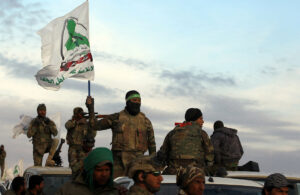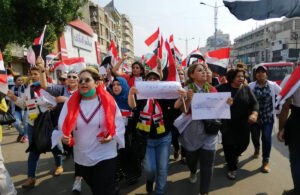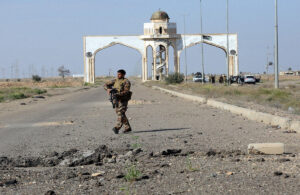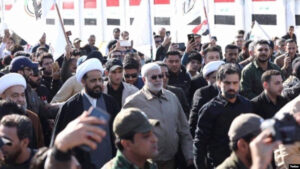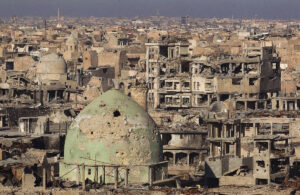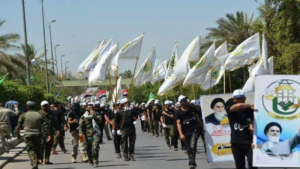70 Militias and Counting: Iraq’s Ongoing Struggle with Post-Occupation Influence
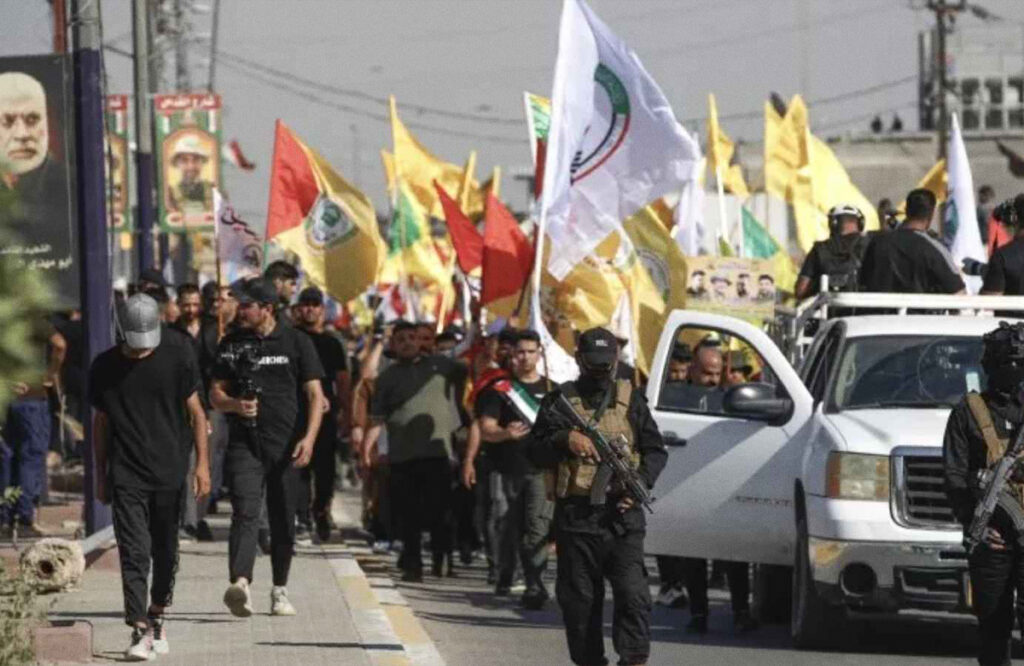
In the past two decades following the US invasion in 2003, Iraq has experienced the emergence and proliferation of numerous militias and armed groups, gaining significant influence in the realms of security, politics, and even social and economic aspects across the country.
In addition to the presence of terrorist organizations like “Tawhid and Jihad,” “Al-Qaeda,” and “ISIS,” the militias came into existence alongside the American invasion and played a destructive role in security matters, fueling sectarian tensions and contributing to violence based on identity.
The rise of these militias was propelled by political figures seeking personal gains and more involvement in political affairs, and they received support from Iran in forming armed groups. This led to the creation of multiple militias, especially after 2014, when ISIS occupied large parts of Iraq.
Despite the presence of approximately one million security and military personnel in Iraq, distributed among various forces, including the Iraqi army, Ministry of Defense staff, local police, federal police, national security, intelligence agencies, rapid intervention units, and special forces, there are a staggering 71 major militias active in the country. These militias comprise over 135,000 armed members, involved not only in security activities but also in economic and political endeavors.
The majority of these armed factions are associated with the “Popular Mobilization” and other groups such as the “Sinjar Protection Units” and “Yazidi Khan” concentrated in western Nineveh Governorate. Some militias emerged after the assassination of Qassem Soleimani, the commander of Iran’s “Quds Force,” in early January 2020. Experts believe these new factions are either offshoots of existing ones or serve as a facade for them.
Despite government directives requiring the militias to leave cities after the defeat of ISIS, their leaders have retained their positions and continued their activities, challenging the authority of the state.
Presently, there are 71 militias in Iraq, and some of them have armed wings operating in Syria alongside the regime of Bashar al-Assad. Most of these groups have strong ties to Iran, while others are associated with shrines in Najaf and Karbala, responding to the fatwa of “competent jihad” issued by the religious authority Ali al-Sistani.
Notably, these militias possess political wings that have received licenses in recent years, further entrenching their influence in the country’s affairs. Some prominent militias include Badr, Asaib Ahl al-Haq, Saraya al-Salam, Imam Ali Brigades, and Kata’ib Hezbollah Iraq, among others.
These militias are primarily concentrated in the governorates of Nineveh, Salah al-Din, Diyala, Babel, and Anbar, with Baghdad and Karbala also hosting significant headquarters for several of these groups. The Iraqi-Syrian border, specifically within the Al-Tanf-Al-Qaim axis, serves as a major gathering point for armed militias from both countries, including fighters from Afghanistan and Iran.
Unfortunately, these militias exercise significant control over various parts of Iraq, and their actions have hindered the return of people to certain areas, such as Jurf al-Sakhr. They have also carried out security and military activities against diplomatic missions, embassies, and targeted sites in the Kurdistan region. These actions are believed to be influenced by external directives, undermining the establishment of a stable and civil state that many strive to achieve.
In conclusion, Iraq has witnessed the proliferation of militias and armed groups over the past two decades, exerting considerable influence on security, politics, and society. These militias, some of which have affiliations with Iran, pose significant challenges to the stability and sovereignty of the country, complicating efforts to establish a functioning state based on civil principles.

